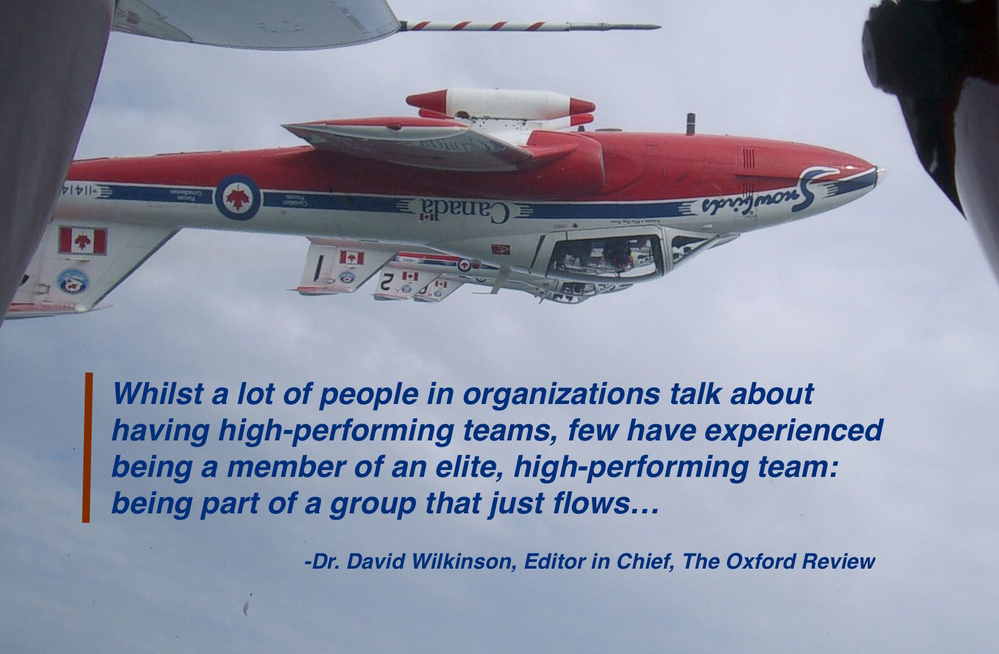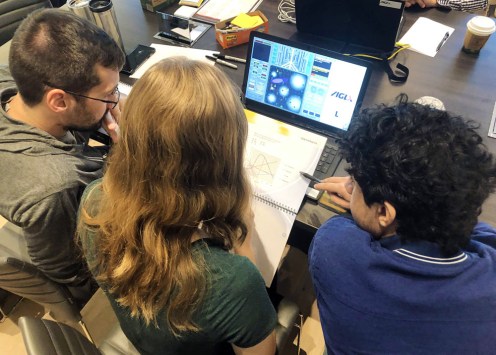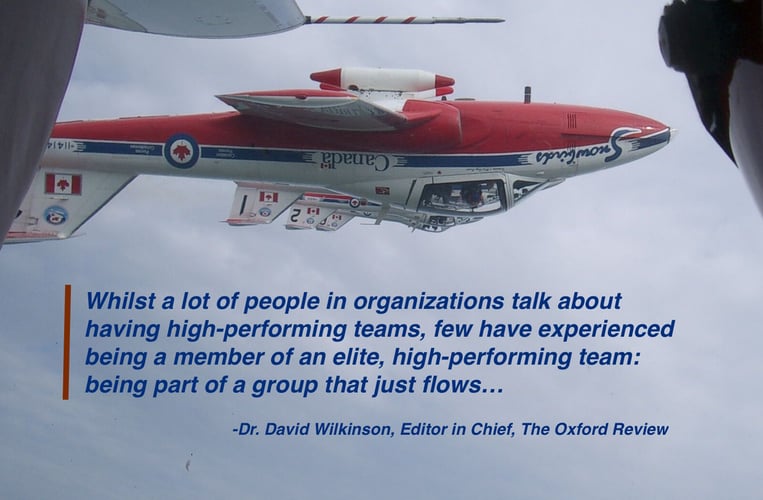 The Oxford Review recently published a special report on High-Performance Teams now available on oxford-review.com. From 8,100 peer reviewed research papers, Dr. David Wilkinson and his team identified 12 key elements of High-Performance Teams.
The Oxford Review recently published a special report on High-Performance Teams now available on oxford-review.com. From 8,100 peer reviewed research papers, Dr. David Wilkinson and his team identified 12 key elements of High-Performance Teams.
What is a High-Performance Team?
According to the Special Report, a High-Performance Team (HPT) is “one that exceeds all reasonable expectations and produces extraordinary results.” Here are some general characteristics of a HPT:
- High level of Collective Efficacy—the general confidence that they will succeed
- Have high-levels of psychological safety
- The ability to adapt to changing situations
- Display a high-level of participation and proactivity
On Developing High-Performance Teams
The special report points out that much of the research into developing high-performance teams comes from elite military teams, special forces, aerobatic teams, emergency services, and special medical teams.
To develop teams, the 37-page document points out that a mixture of training and coaching is required to help individuals and teams:
- Improve communication quality
- Reflect on team performance
- Develop systems and protocols [Shared Mental Models] for planning, briefing, and debriefing
At AGLX, in our experiences working with “Agile” coaches and teams, combined with our elite military and aerobatic team backgrounds, we absolutely agree with Dr. Wilkinson’s key conclusion…
Whilst a lot of people in organizations talk about having high-performing teams, few have experienced being a member of an elite, high-performing team.
To help organizations develop real high-performance teams, AGLX created High-Performance Teaming™ workshops that feature a simulation used by medical teams, NASA, and elite military units in NATO.
Why Organizations Need High-Performance Teams?
- To take on tasks or jobs that are complex
- When creativity and innovation are needed
- In conditions of uncertainty
- Where accelerated learning is required
- Where resilience is needed
High-Performance Team Misuse…
…leads to low morale, increase turnover, and low commitment when
- Tasks are repetitive or boring
- Teams follow a set plan
- Tasks are heavily managed
Team vs. High-Performance Team
A sense of flow where work passes seamlessly between team members
Flow is the number one distinction between a team and a High-Performance Team.
Other distinctions include:
- A focus on team performance
- Effective briefing and debriefing
- Humility
Final Thoughts
There are plenty of high-performance team insights available in this special report available on The Oxford Review’s website. This report is full of great references and is an easy read. Best of all it implicitly points out that the best way to develop a high-performance team is to learn from those who lived it.
References
Wilkinson, D. (2019). High-Performance Teams: What the research says. The Oxford Review. Accessed February 24, 2019 from https://www.oxford-review.com/blog-high-performance-teams-report/










